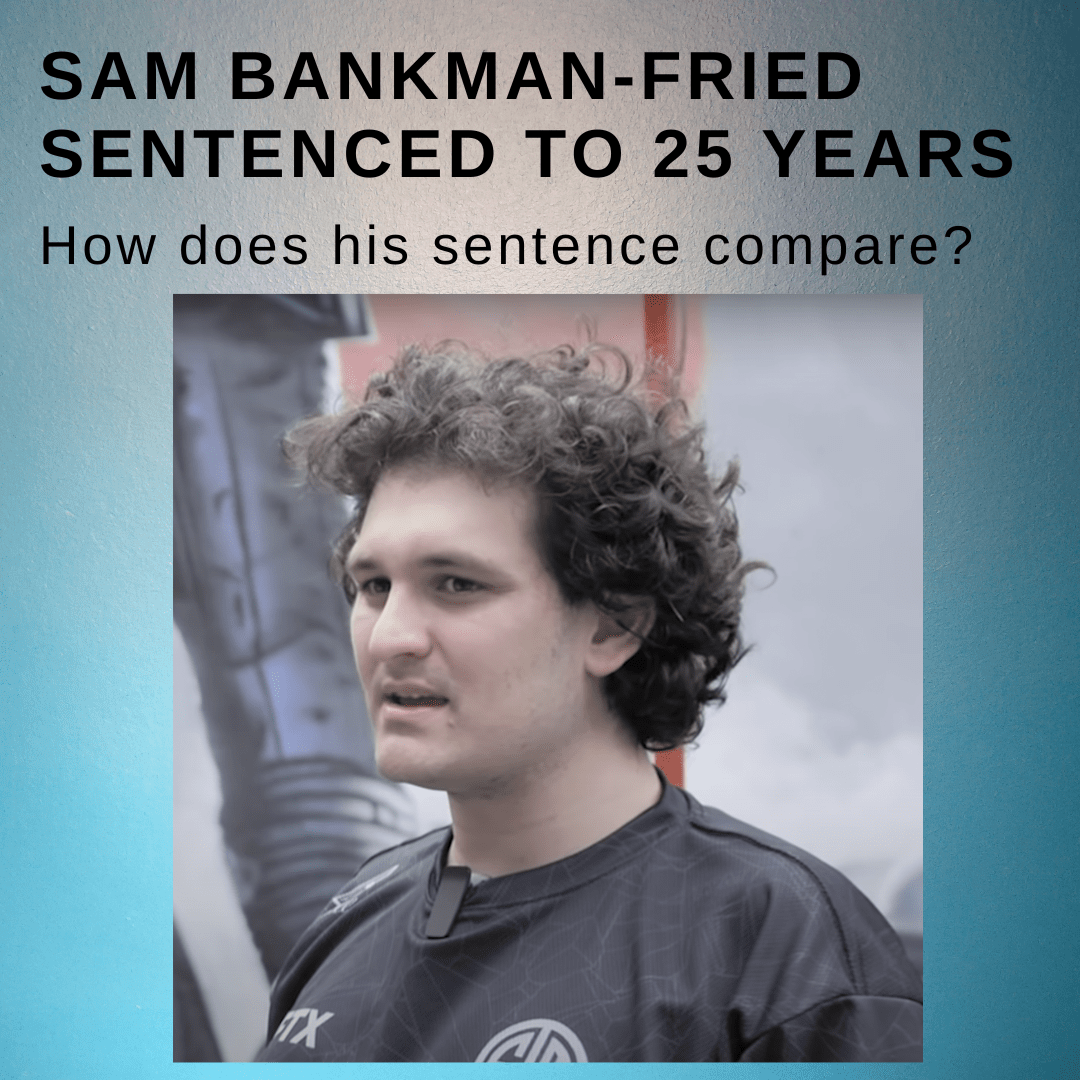The recent sentencing of Sam Bankman-Fried, a prominent figure in the cryptocurrency world, to 25 years in prison has sparked discussions surrounding the severity of his punishment and how it measures up against other notable cases of financial fraud. Bankman-Fried, known for his involvement in the crypto exchange FTX and the trading firm Alameda Research, was convicted of orchestrating a sophisticated scheme to defraud investors, resulting in substantial financial losses. As the news reverberates through financial circles, comparisons to past fraudsters inevitably arise, shedding light on the complexities of white-collar crime sentencing and the factors that influence judicial decisions. Sam Bankman-Fried Sentenced to 25 Years: How does his sentence compare?

The Case of Sam Bankman-Fried:
Sam Bankman-Fried’s sentencing marks a significant chapter in the ongoing saga of financial crime in the digital age. His rise to prominence within the cryptocurrency community, coupled with his reputation as a savvy entrepreneur, made the revelation of his fraudulent activities all the more shocking. Prosecutors alleged that Bankman-Fried engaged in a series of deceptive practices, including market manipulation and falsifying financial records, to artificially inflate the value of certain digital assets. The resulting fallout led to substantial financial harm to investors and undermined trust in the burgeoning cryptocurrency market.
The severity of Bankman-Fried’s sentence—25 years in prison—underscores the gravity of his actions and serves as a warning to others who may seek to exploit regulatory loopholes for personal gain. However, some observers argue that the punishment may be disproportionate compared to similar cases of financial fraud, raising questions about consistency and fairness within the criminal justice system.
Comparative Analysis:
To contextualize Bankman-Fried’s sentence, it is instructive to examine other high-profile cases of financial fraud and the penalties imposed on those found guilty. One such example is the case of Bernie Madoff, whose Ponzi scheme defrauded investors of billions of dollars. Madoff received a sentence of 150 years in prison, reflecting the scale and audacity of his crimes. Similarly, figures like Jordan Belfort, known as the “Wolf of Wall Street,” served 22 months in prison for securities fraud and money laundering.
In contrast, there are instances where individuals involved in financial misconduct received comparatively lenient sentences. For instance, Elizabeth Holmes, the founder of Theranos, was convicted of multiple counts of fraud related to her company’s blood-testing technology. Despite the magnitude of her deception, Holmes received a sentence of only 6 years in prison, raising questions about disparities in sentencing based on factors such as gender and socioeconomic status.
Conclusion:
The sentencing of Sam Bankman-Fried to 25 years in prison highlights the complexities of addressing financial fraud in an evolving technological landscape. While the severity of his punishment may serve as a deterrent to others, it also prompts reflection on the consistency and equity of sentencing practices within the criminal justice system. As society grapples with the challenges posed by white-collar crime, it becomes imperative to foster transparency, accountability, and fairness in the pursuit of justice. Only then can we strive towards a more equitable society where financial fraudsters are held accountable for their actions, regardless of their stature or influence.
Learn about accounts receivable factoring
